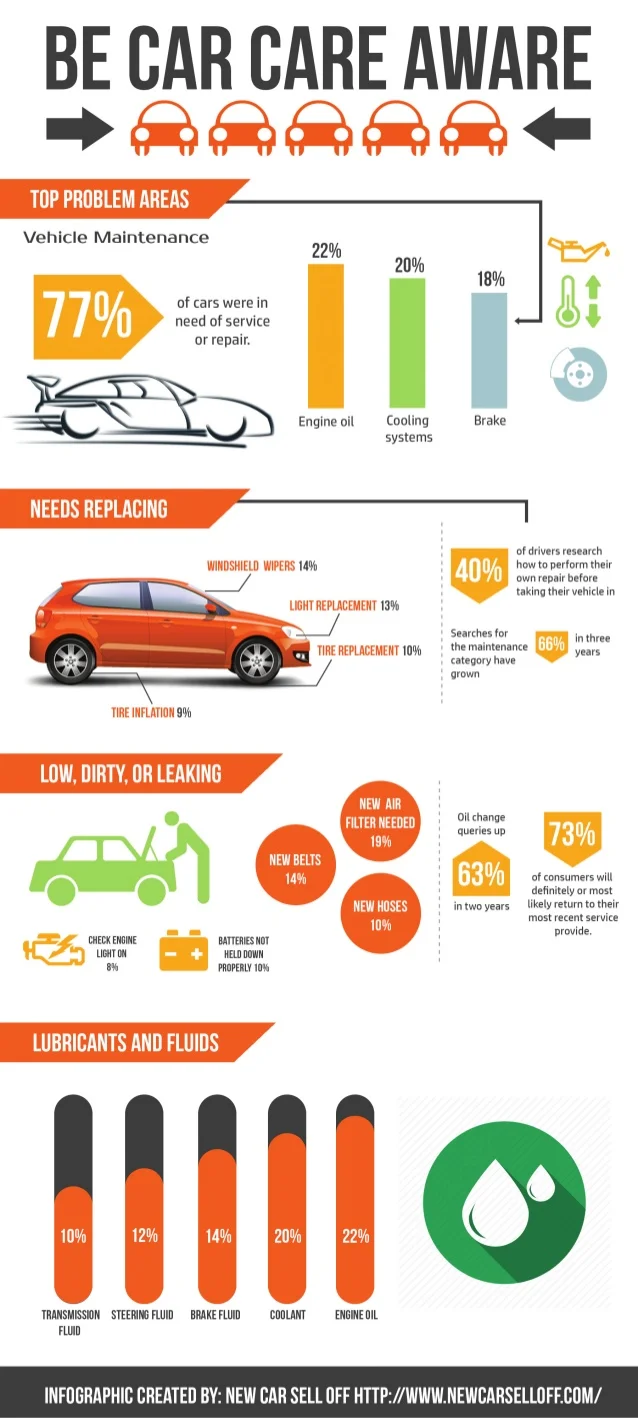Wondering Regarding The Meaning Behind Those Dashboard Caution Lights? Gain Insights Right Into Their Implications For Your Lorry'S Safety And Security And Upkeep
Wondering Regarding The Meaning Behind Those Dashboard Caution Lights? Gain Insights Right Into Their Implications For Your Lorry'S Safety And Security And Upkeep
Blog Article
Personnel Writer-Termansen Corbett
When you're behind the wheel, those glowing warning lights on your control panel can be a little bit perplexing. Do you understand what they're trying to inform you concerning your cars and truck's health? Understanding the importance of these lights is essential for your safety and security and the long life of your automobile. So, car detail clean following time one of those lights turns up, would not you wish to decode its message precisely and take the needed actions to resolve it?
Common Warning Lights and Interpretations
Recognize common warning lights in your car and comprehend their meanings to make certain safe driving.
The most typical warning lights include the check engine light, which signifies issues with the engine or emissions system. If this light comes on, it's important to have your vehicle inspected immediately.
The oil stress advising light shows low oil pressure, requiring immediate interest to avoid engine damages.
https://emilioxsoog.blogsidea.com/36188999/step-into-a-future-where-modern-technology-and-modification-transform-car-detailing-promising-unmatched-defense-and-efficiency blinking battery light might suggest a defective charging system, possibly leaving you stranded if not resolved.
The tire stress tracking system (TPMS) light notifies you to low tire stress, impacting lorry security and fuel performance. Overlooking this could lead to harmful driving conditions.
The abdominal muscle light suggests an issue with the anti-lock stopping system, jeopardizing your ability to quit swiftly in emergency situations.
Last but not least, the coolant temperature level warning light warns of engine getting too hot, which can cause severe damages if not solved promptly.
Recognizing these typical warning lights will certainly assist you attend to issues promptly and preserve secure driving problems.
Significance of Prompt Attention
Recognizing the usual caution lights in your cars and truck is just the primary step; the importance of promptly resolving these cautions can not be stressed sufficient to ensure your safety when traveling.
When a caution light brightens on your dashboard, it's your car's means of interacting a potential issue that requires focus. Neglecting these cautions can bring about a lot more serious issues later on, compromising your security and possibly costing you extra out of commission.
Trigger focus to cautioning lights can prevent malfunctions and crashes. For instance, a flashing check engine light could show a misfire that, if left ignored, can trigger damages to the catalytic converter. Addressing this immediately can save you from an expensive repair.
Likewise, a brake system warning light could signal low brake liquid or used brake pads, vital components for your safety when driving.
Do It Yourself Troubleshooting Tips
If you notice a caution light on your dashboard, there are a couple of DIY troubleshooting tips you can attempt before seeking expert help.
The first step is to consult your car's manual to recognize what the details caution light indicates. Sometimes the concern can be as simple as a loose gas cap activating the check engine light. Tightening up the gas cap might deal with the trouble.
One more common problem is a low battery, which can set off different cautioning lights. Examining the battery connections for corrosion and guaranteeing they're safe could deal with the problem.
If a warning light lingers, you can try resetting it by disconnecting the vehicle's battery for a few minutes and then reconnecting it. Additionally, checking your car's fluid degrees, such as oil, coolant, and brake liquid, can help repair alerting lights related to these systems.
Final thought
In conclusion, recognizing your vehicle's caution lights is important for keeping your vehicle running efficiently and securely. By quickly addressing these alerts and understanding what they indicate, you can prevent pricey repair work and prospective malfunctions.
Keep in mind to consult your vehicle's guidebook for specific information on each cautioning light and take action as necessary to guarantee a trouble-free driving experience.
Stay informed, remain safe when driving!
